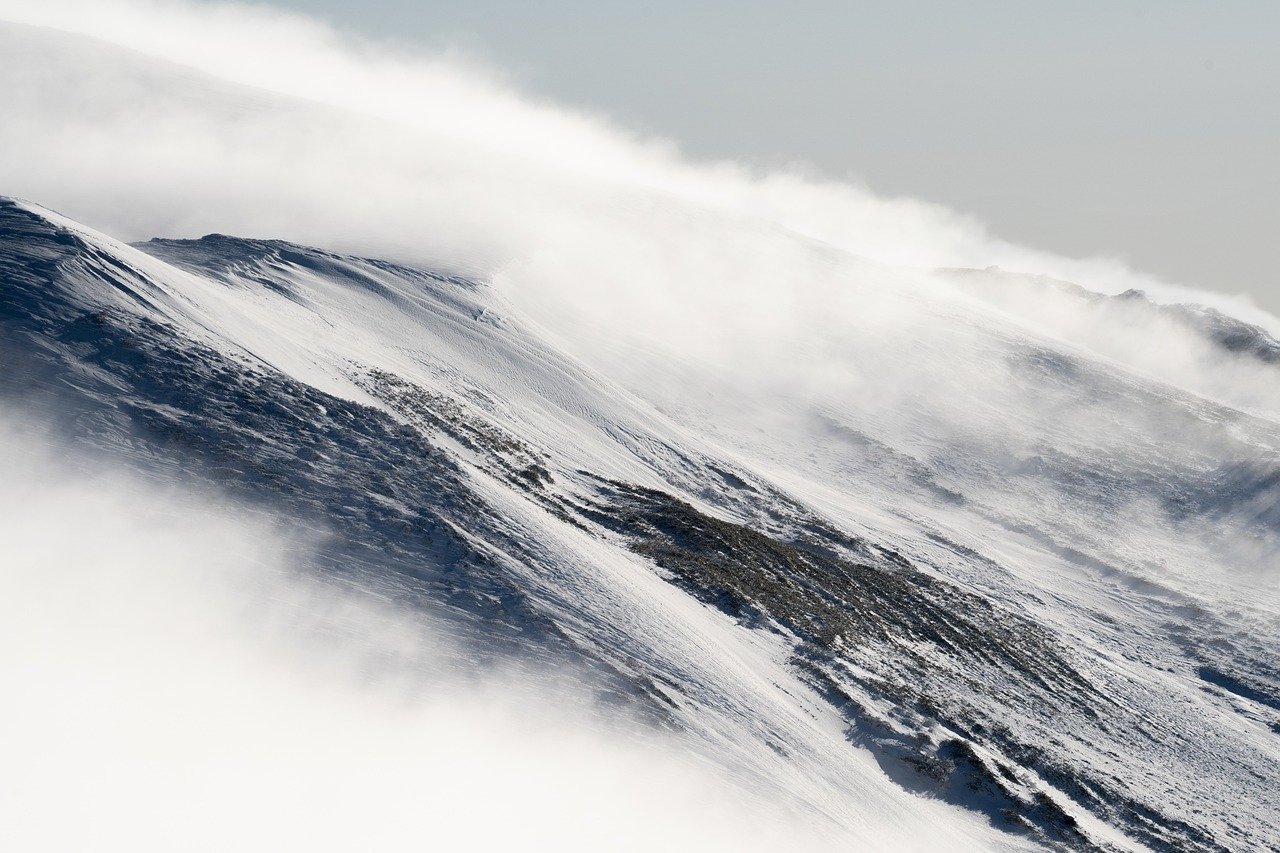Meteorologists are closely watching the latest long-term forecast from the European Centre for Medium-Range Weather Forecasts (ECMWF) – and it’s causing quite a stir. According to the model, Germany faces an unusually calm and mild winter, with limited snowfall and a strong dominance of high-pressure systems.
The ECMWF’s new seasonal outlook points to slightly above-average temperatures for both December and February compared to the 1991–2020 reference period. While December’s precipitation is expected to remain roughly normal, February could see somewhat higher totals in some regions — though that may mean rain rather than snow, even in the mountains.
January: dry, stable, and classically high-pressure
January stands out as the most intriguing month in the outlook. The model suggests much drier-than-usual conditions with near-average temperatures — a combination that hints at persistent high-pressure dominance over Central Europe.
Such winters have become increasingly rare in Germany, where recent seasons have either been unseasonably mild or marked by volatile weather swings. Under stable high pressure, inversion weather often sets in — cold, foggy air trapped in valleys and lowlands, while sunny, calm conditions prevail in higher elevations. Expect the familiar “gray-sky” pattern to dominate large parts of the country for weeks.
Snow lovers brace for disappointment
Overall, the ECMWF outlook indicates a precipitation deficit lasting through February. For ski areas, mountain villages, and winter tourism regions, that could spell trouble. If the forecast holds true, the 2025/26 winter could turn into a nightmare season for the ski industry, especially in Germany’s mid-range mountain regions.
Areas like the Harz, Sauerland, and Bavarian Forest may struggle to see snow cover at all, and even the Alps could experience below-average snow depth, particularly at lower altitudes. The past few years have already shown how fragile the ski season has become amid rising temperatures and less frequent cold spells.
Weather experts: “No disaster, but a clear trend”
While long-term projections cannot predict daily weather, the current ECMWF simulations reveal a clear tendency: milder starts and ends to the winter, a stable, dry January, and overall lower precipitation levels.
According to meteorologist Dominik Jung of wetter.net, this setup increases the likelihood of snow-poor conditions across much of Germany. “The signals for high-pressure dominance are strong — it’s not necessarily bad weather, but for winter sports enthusiasts it’s bad news,” he explained in his recent weather column.
The overall pattern also depends on polar vortex dynamics and Atlantic circulation shifts, which can still alter the final outcome. But for now, models agree: the coming winter is unlikely to bring abundant snow or deep freezes.
A calm but gray season ahead
Should the projections hold, Germany can expect a tranquil but colorless winter – fewer storms and snow events, more fog and frost. For ski resorts and tourism regions, adaptation will be key: shorter seasons, artificial snowmaking, or repositioning toward year-round tourism could soon become unavoidable realities.









